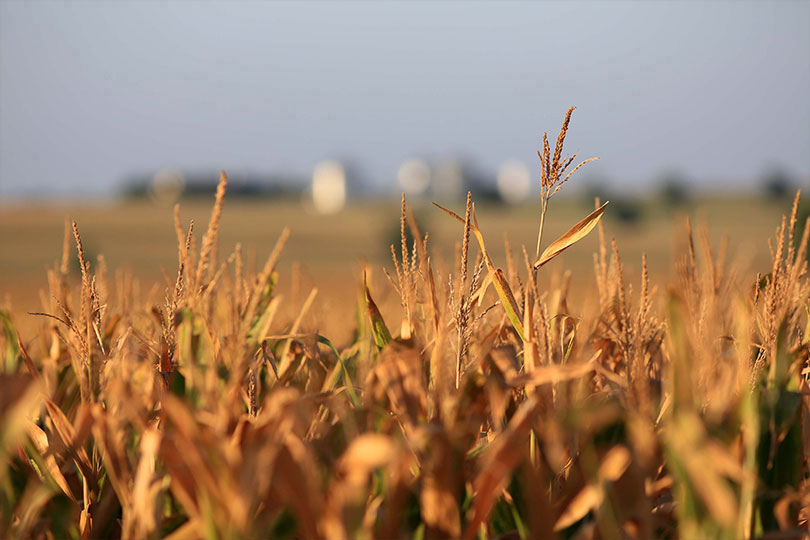By Justin Walker
Communications Specialist
The U.S. Department of Agriculture’s (USDA) Risk Management Agency (RMA) announced changes to the Whole Farm Revenue Protection (WFRP) policy starting with the 2020 crop insurance year.
Several recommendations originally submitted to RMA by the National Sustainable Agriculture Coalition (NSAC) are among the changes, which take effect this month.
“Adequate risk protection for diversified operations has long been a priority for NSAC, and we are pleased to see approval for important policy changes that will strengthen and add flexibility to WFRP,” NSAC Interim Policy Director Juli Obudzinski said. “NSAC helped to secure WFRP’s inclusion in the 2014 Farm Bill, and we have continued to work closely with RMA to ensure that the program is tailored to best serve farmers for whom standard risk management options are not applicable or appropriate.”
The changes address issues many farmers have raised concerns about when using the program, Obudzinski said. One such change is the option to moderate the impact of disaster years on historic farm revenue. This will result in a substantial decrease in risk of underinsured producers, she said.
The change will also impact the exclusion of disaster payments and other state and federal program payments, Obudzinski said.
“Additionally, increasing the livestock cap will allow more integrated grain-livestock and dairy farms to utilize WFRP by allowing producers to utilize WFRP and the Noninsured Crop Disaster Assistance Program (NAP) together,” she said. “Used in concert, WFRP and NAP will provide producers with significantly better risk management options.”
Click here for more information on WFRP and the announced changes.

